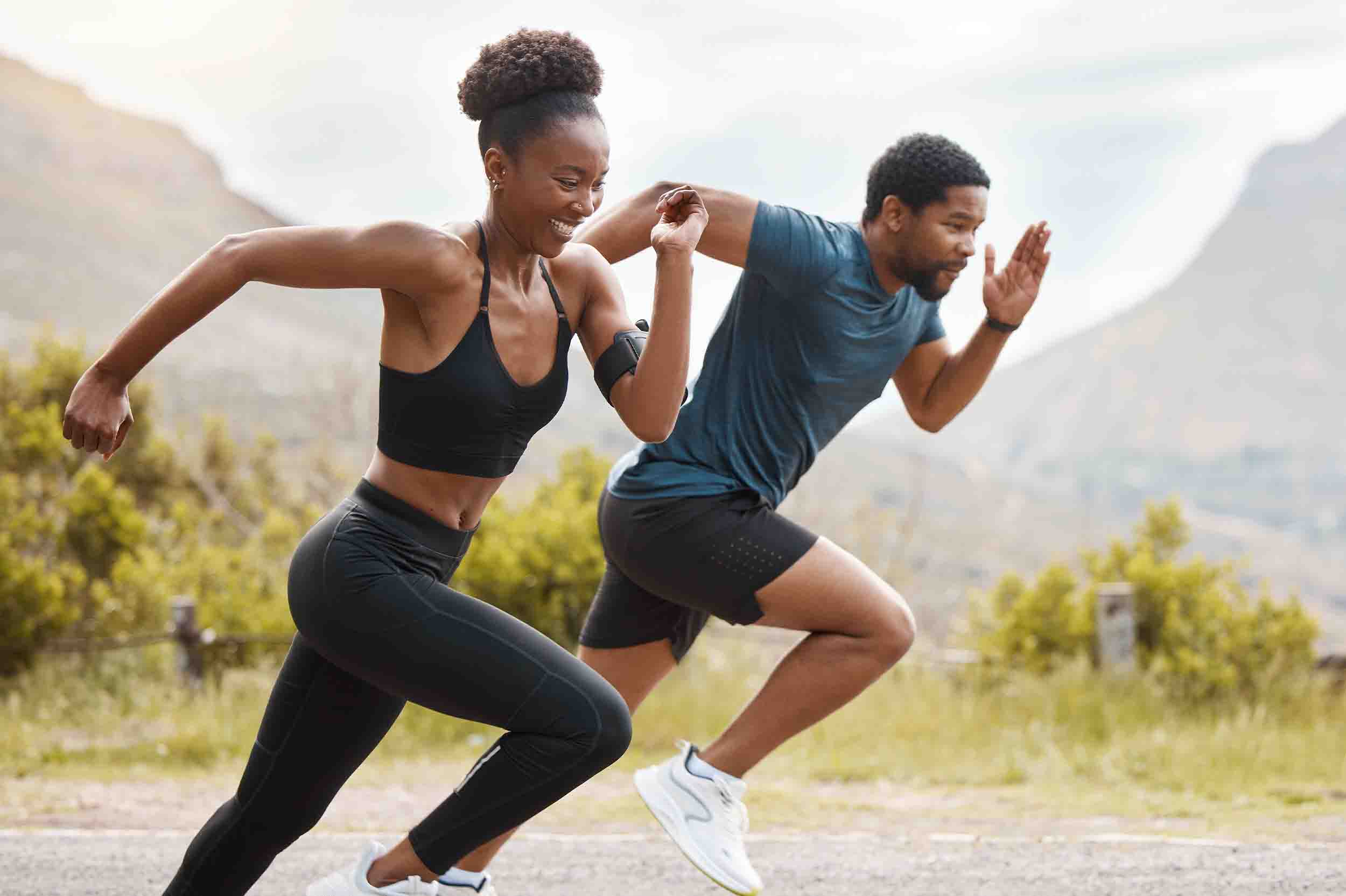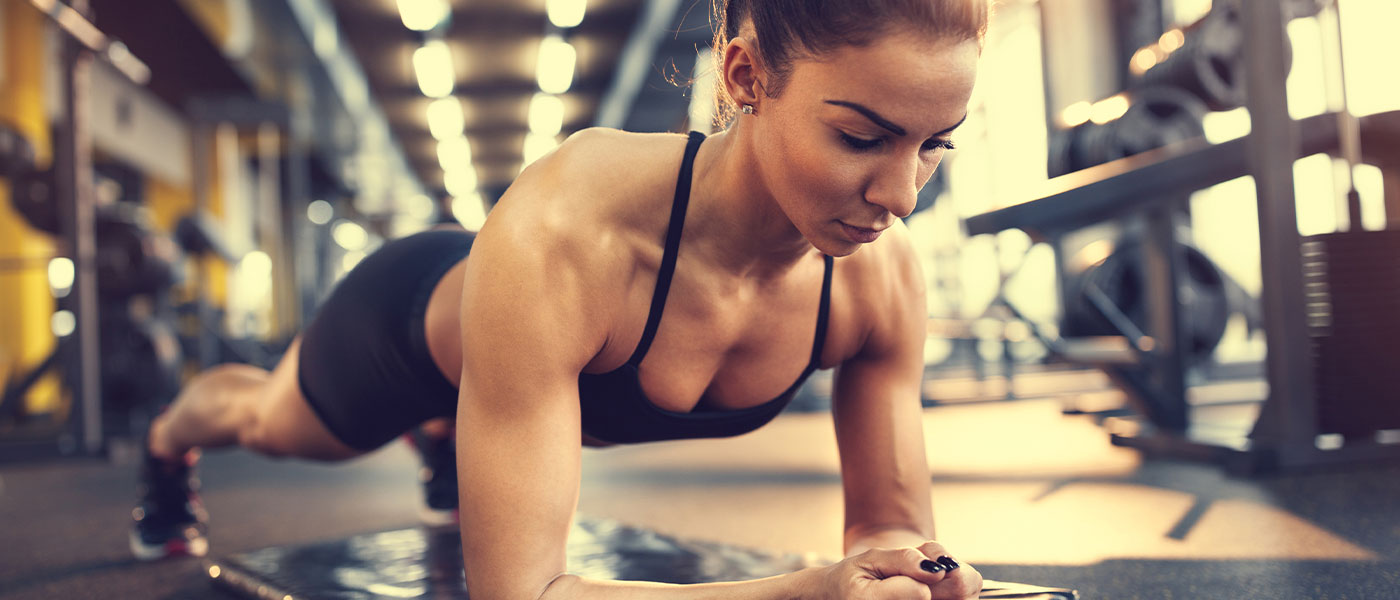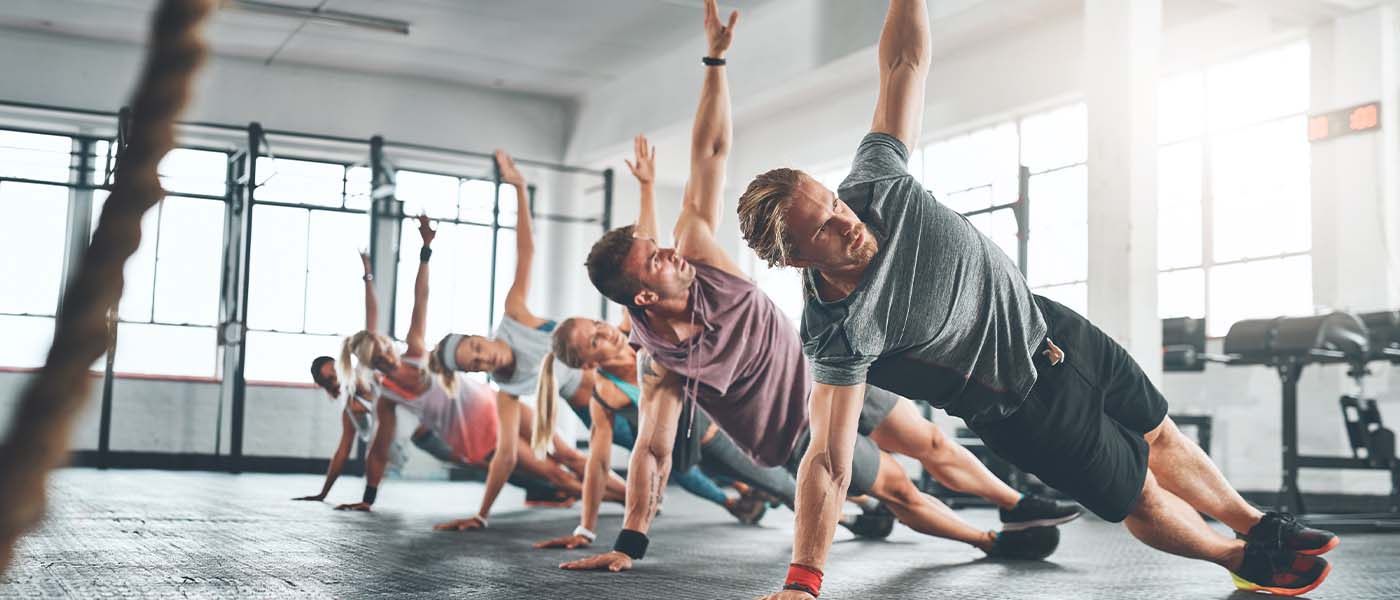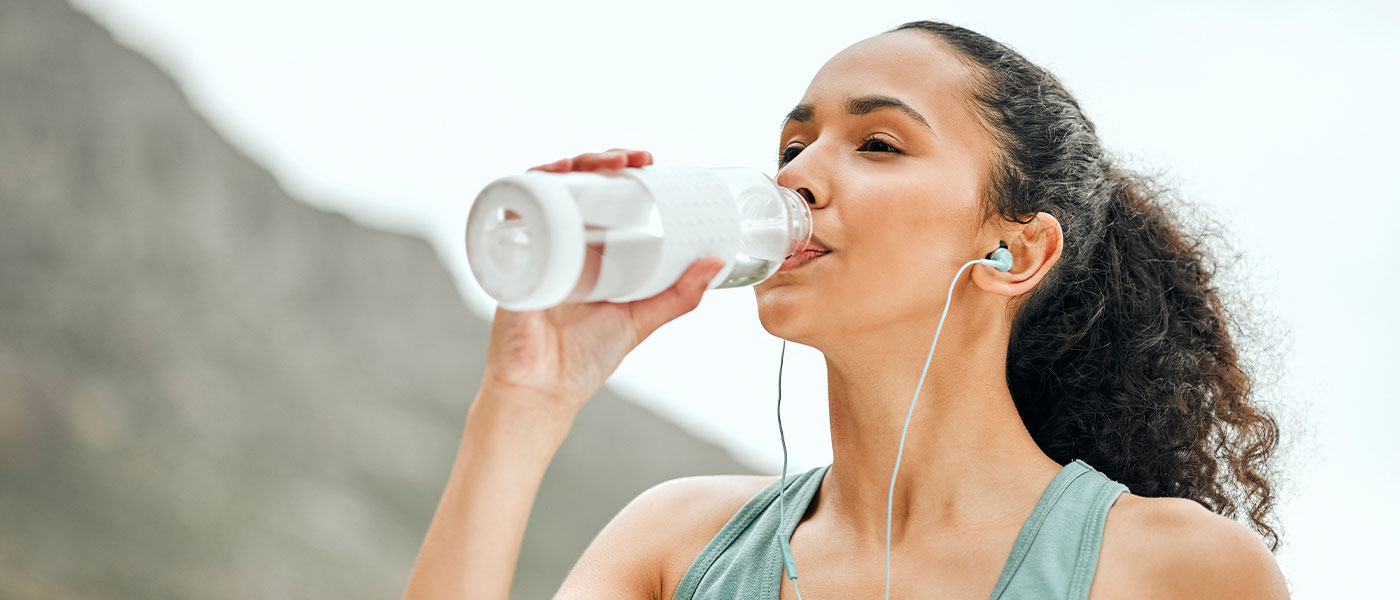
You’ve probably heard the old saying: “Never work out right after eating.” Many believe exercising too soon after a meal will cause cramps, nausea, or sluggishness. Others think eating before a workout is essential to fuel the body for peak performance. This confusion leads to one big question—should you wait before working out, or is it safe to exercise after eating?
The truth is, while some people may experience discomfort if they exercise immediately after a large meal, there’s no universal rule that says you must wait hours before working out. The key lies in understanding how digestion works, what types of foods you eat, and how different exercises affect your body. In this article from Genesis Lifestyle Medicine, we’ll dispel the common myths about eating before exercise and provide guidance on the best approach to fueling your workouts.
Exercising after eating is possible—with proper timing
The idea that you must wait hours after eating before you can exercise is not entirely true. While your body does need time to digest food, the required waiting period depends on several factors, including meal size, food composition, and workout intensity. Rather than following a one-size-fits-all rule, it's more beneficial to listen to your body and make informed choices.

How digestion affects your workout
When you eat, your body begins breaking down food in the stomach before it moves into the small intestine. Digestion time varies based on the size and type of your meal. While it generally takes 2-4 hours for a meal to digest fully, you don’t need to wait that long. A moderate-sized meal typically requires about 1-2 hours, while a small snack may settle in just 30 minutes.
This is because when you exercise, your body diverts blood flow to your muscles, which can slow digestion. This shift in blood supply is why some people experience nausea or cramping when performing high-intensity activities right after eating. However, lighter exercises like walking or yoga often pose no issue and can even aid digestion.
The role of meal size and composition
The amount and type of food you eat play a crucial role in how soon you can work out after a meal. Larger meals, particularly those high in fat, protein, and fiber, take longer to digest and may require a longer waiting period before engaging in vigorous exercise.
On the other hand, meals high in simple carbohydrates, such as fruit or whole grains, digest more quickly and provide an immediate energy boost. This is why endurance athletes often consume fast-digesting carbs before or even during prolonged exercise. If you need to work out soon after eating, consider lighter, easily digestible meals like bananas, yogurt, or smoothies.

Possible side effects of exercising too soon after eating
Although it is generally safe to exercise after eating, some individuals may experience minor digestive symptoms when doing so too soon. Common side effects include:
- Bloating – The feeling of fullness can be uncomfortable when engaging in high-impact activities like running.
- Nausea – Some people experience an unsettled stomach when exercising too soon after a meal.
- Cramping – Intense workouts require increased blood flow to muscles, which may lead to stomach cramps if digestion is still in progress.
- Reflux or heartburn – High-intensity workouts can cause acid reflux, particularly if your meal was heavy or high in fat.
- Sluggishness – Blood being diverted to digestion can make you feel slow or lethargic if you eat too much before exercise.

How to optimize your pre-workout meals
To maximize performance and minimize discomfort, it’s best to follow these pre-workout eating tips:
- Eat light if you plan to work out soon – Opt for fast-digesting carbs like fruit, rice cakes, or energy bars if you need to exercise within an hour.
- Avoid heavy, high-fat meals right before exercise – These take longer to digest and can cause sluggishness and discomfort.
- Stay hydrated – Drinking water or electrolyte beverages helps with digestion and energy levels.
- Experiment with timing – Everyone’s digestive system is different, so pay attention to how your body responds and adjust accordingly.
- Listen to your body – If you feel sluggish or uncomfortable, allow more time between eating and exercise.
You don’t need to wait hours after eating to work out, but giving your body adequate time to digest is essential to avoid discomfort. For most people, waiting 1-2 hours after a meal or at least 30 minutes after a snack is sufficient. The key is to consider your meal size, composition, and workout intensity when determining the right timing.
At Genesis Lifestyle Medicine, we believe in a personalized approach to fitness and nutrition. Understanding your body’s needs will help you optimize your performance, avoid common workout mistakes, and reach your fitness goals effectively. Whether you need a structured meal plan, a weight loss program, or a customized exercise routine, contact us today, our experts will help you achieve optimal wellness.



